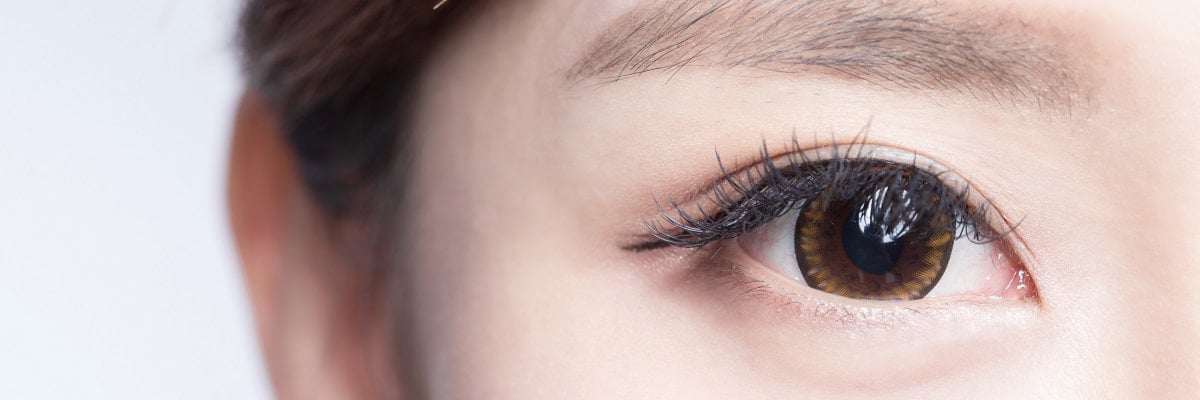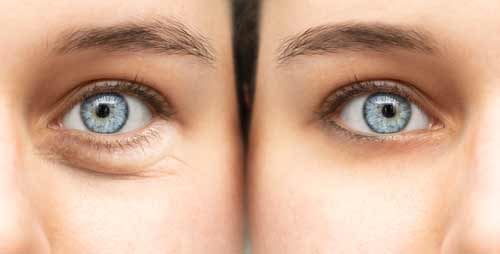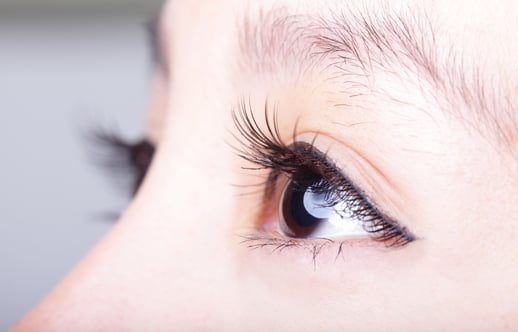Articles
Eyelid Surgery: Preparation, Procedure, Recovery
What is eyelid surgery?
‘"The eyes are the windows to the soul".
This common adage holds true, as the eyes are usually the first feature that we notice on an individual’s face. This is especially pertinent in this day and age of mask-wearing!
Eyelid surgery refers to surgery performed for the upper and lower eyelids. This can encompass both aesthetic as well as reconstructive procedures for the eyelids. In Singapore, common aesthetic surgical procedures performed for the upper eyelids include incisional and non-incisional double eyelid creation. For the lower eyelids, eyebag removal is a regular request. In cases of ptosis where there is a functional blockage of the visual field from a droopy upper eyelid, eyelid surgery can be performed for medical reasons to relieve this issue and can be covered by insurance.
It is worth getting upper eyelid surgery for multiple reasons. Aesthetically pleasing upper and lower eyelids give individuals a bright, attractive, and youthful appearance. From a medical point of view, blockage of the visual fields from ptosis can lead to fatigue and forehead aches, as well as accidents from not being able to see low-lying objects. Occasionally, the eyelashes of the upper and lower eyelids can lead to irritation of the cornea, and this needs to be addressed to avoid longer-term injury to the eye. Many of these conditions can be addressed in an efficient manner with eyelid surgery.
Eyelid surgery can be performed by plastic as well as oculoplastic surgeons. Plastic surgeons aim to combine aesthetic as well as functional ideals to achieve a harmonious outcome for each individual patient.

How to prepare for eyelid surgery
Before the procedure, patients will have a thorough consultation to address their needs and desires. Some questions that may be asked include the type and height of double eyelid wanted and the ability to tolerate downtime. A physical examination will be performed to assess the tissues of the upper eyelids as well as the visual function. A decision on the type of eyelid surgery to be performed can then be made. Aside from this, any other medical conditions and medications will need to be assessed. Smoking should be stopped at least two weeks before and after the eyelid surgery. Any supplements that can lead to increased bleeding during the surgery (such as garlic and fish oils) should be stopped at least one week prior to surgery. On the day of the procedure, contact lenses and false lashes should not be worn.
How the eyelid surgery procedure is performed
Before the eyelid surgery, markings will be done on the eyelid after discussion with the patient. Eyelid surgery is commonly performed under local anaesthesia as a day procedure. This involves an injection of a numbing solution to the area of surgery and possible numbing eye drops to the eye. The surgery will only be commenced once the patient is fully comfortable. Occasionally, sedation can be given to help alleviate anxiety or for patients who would like to be asleep during surgery. It is important to bear in mind that for the upper eyelids especially, immediate post-surgical assessment is best done with the patient awake and able to open the eyes.
Depending on the type of eyelid surgery performed, the procedure can last from 30min to 2 hours. The patient is usually kept very comfortable throughout. At the end of the procedure, your surgeon may ask you to open your eyes for the assessment of symmetry.
Double eyelid surgery is one of Singapore's most common aesthetic surgeries. There is the incisional as well as the non-incisional type. The latter involves the use of small stab incisions to thread a fine suture in the tissues of the upper eyelid to help create a double eyelid crease, whereas the former involves an incision in the new double eyelid crease line and the direct stitching of the upper eyelid structures to create the crease. Whilst both techniques can be lasting and permanent, the non-incisional technique has a higher likelihood of the suture breaking and the loss of the double eyelid. Conversely, this also means that it is potentially reversible if the patient does not like the final appearance.
Upper eyelid surgery performed for droopy eyelids can be a medical issue. Droopy eyelids can be due to excess upper eyelid skin, a descended brow, loosening of the muscle complex which raises the upper eyelid, or a combination of these factors. Depending on the cause, your surgeon will recommend the appropriate surgical adjuncts. Very often, after these procedures are performed, patients report a greatly improved ability to see as well as brighter vision.
Lower eyelid surgery is commonly performed to address the eyebags and can also be used to address aging features of the cheek. Lower eyebag surgery can be performed scarless for appropriate cases where excess skin is not an issue. On occasion, aging lower eyelids lead to eye tearing and irritation from upturned lashes, and this can be addressed medically through lower eyelid surgery.

Eyelid surgery costs start at $1500 in Singapore and can range according to the type and complexity of the surgery.
The recovery process after eyelid surgery
Immediately after the procedure, your eyes may appear swollen and occasionally bruised. A cold compress can be placed on the eyes at regular intervals to help relieve swelling. Once the local anaesthesia wears off, any remnant pain is usually very easily managed with oral painkillers and rarely lasts beyond 2 days.
In eyelid surgery, the most swelling occurs in the first few days after surgery. Any skin sutures are usually removed 5-7 days after the procedure. About 80-90% of the swelling settles by two weeks after the procedure, and all the bruising is gone. At this point in time, most individuals are able to return to all daily activities, including sports as well as make-up. Any remnant swelling in the eyelids can take a further 1-2 months to settle. In non-incisional or scarless eyelid surgery cases, the swelling often resolves quicker.
Complications after eyelid surgery are uncommon. These include risks of pain, infection, bleeding, asymmetry, as well as scarring. If they do occur, they are easily addressed through medications and occasionally a secondary procedure. Scar prevention is started early in the recovery process, and eyelid scars generally heal very well. If there is any help required to help the healing process along the way, your surgeon will be able to recommend this to you.

Eyelid Surgery: Conclusion
In summary, eyelid surgery is performed for many reasons ranging from aesthetic to medical. Procedures to address the upper as well as lower eyelids, can lead to a more youthful appearance as well as help in improving vision in general. The procedure type depends on a discussion and assessment between the surgeon and the patient. These procedures can be done in a minimally invasive or open manner and can be associated with very little downtime. Recovery is relatively straightforward, and risks and complication rates are low.
For a more thorough understanding of your options, it is best to speak in person with your preferred plastic surgeon, who will be able to recommend the appropriate tailored management plan based on each individual’s needs and desires.
Contact Form
1 Orchard Boulevard #10-08 Camden Medical Centre, Singapore 248649
6 Napier Rd, #08-01 Gleneagles Medical Center, Singapore 258499
Tel: +65 6737 4565 | Mobile: +65 8828 4565 | Email: clinic@polarisplasticsurgery.com | Business Hours: Mon - Fri: 9am - 6pm | Sat: 9am - 1pm | Sun/Ph: Closed











